Ⅰ. Learn about fiber Bragg grating sensors
Fiber Bragg grating sensor can be used as a kind of fiber sensor. Like the optical fiber sensor, it has many irreplaceable advantages compared with the traditional electric sensor, such as: no electromagnetic interference, lightweight, small size, no corrosion, etc. Fiber Bragg grating sensors are commonly used in structural deformation and temperature monitoring. Short-period fiber grating sensors are commonly used, and their reflection wavelengths are called Bragg wavelengths. Such sensors are called FBG sensors.
Fiber Bragg grating sensor is a kind of fiber sensor with the highest frequency and the widest range, which includes FBG strain sensor, FBG temperature sensor, fiber Bragg grating pressure sensor, etc. This sensor can change the wavelength of the reflected light wave according to the environmental temperature and changes. Fiber bragg grating sensors use holographic interferometry or phase masking to expose a small section of light-sensitive optical fiber to light waves with a periodic distribution of light intensity. In this way, the optical refractive index of the optical fiber will be permanently changed according to the intensity of the irradiated light wave. The periodic changes in the refractive index of light caused by this method are called fiber Bragg gratings.
Ⅱ. The structure of fiber Bragg grating sensors
The structure of the fiber Bragg grating sensor is to use an ultraviolet laser to write a section of grating on the fiber core. When the continuous broadband light Li emitted by the light source enters through the transmission fiber, a narrowband light Lr is selectively reflected back at the grating, and the remaining broadband light Lt continues to pass through, and is reflected at the next grating with different center wavelengths. The grating array forms a fiber Bragg grating (FBG) sensor network. The center wavelength of the reflected light of each FBG is λ, λ=2nΛ, where n is the effective refractive index of the core; Λ is the modulation period of the core refractive index.
Ⅲ. Application of fiber Bragg grating sensors
1. The accelerometer can be used for many engineering measurements, such as vibration, incident angle, event recording, platform stability, vehicle suspension control, earthquake monitoring, and pacemaker control. The accelerometer made with fiber Bragg grating sensor shows good performance. And the key is to choose a reliable fiber bragg grating manufacturer.
2. The hydrophone made of fiber grating is used to measure the underwater sound field, which can achieve good linear response, high sensitivity, high stability, wide dynamic range (90dB) and wide operating frequency range (from a few kHz to a few MHz) ).
3. The structural deformation monitoring sensor of the mechanical tool system made of fiber grating. Such a fiber Bragg grating sensor can detect the deformation of the practical structure in the order of microns with an error of 0.4%.

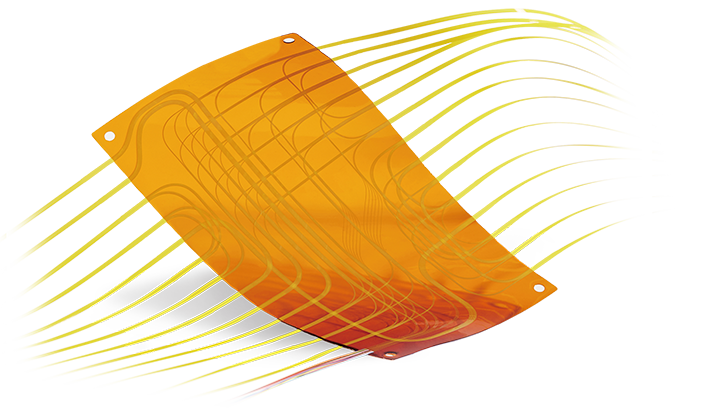 Fiber Optic Flex Circuit (FOFC)
Advanced Simulation & Optimization, High Positioning Accuracy, Flexible Customization, Rigorous Reliability Testing
Fiber Optic Flex Circuit (FOFC)
Advanced Simulation & Optimization, High Positioning Accuracy, Flexible Customization, Rigorous Reliability Testing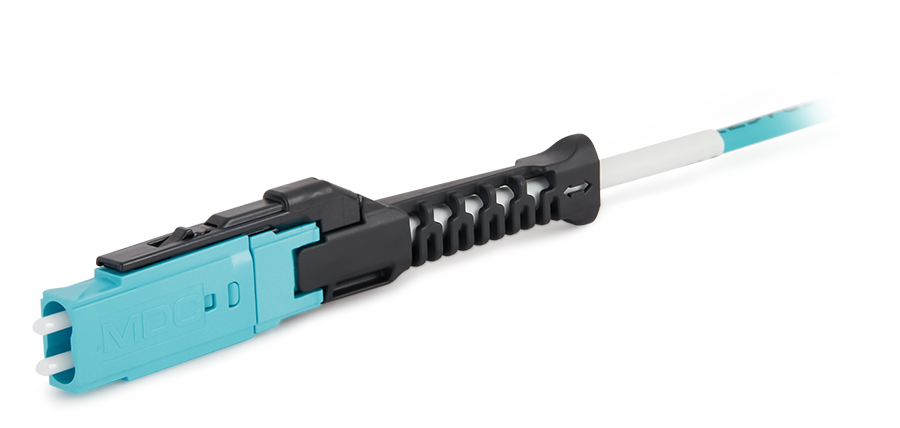 MDC Solution
US Conec's MDC connector is a Very Small Form Factor (VSFF) duplex optical connector, expertly designed for terminating single-mode and multimode fiber cables with diameters up to 2.0mm.
MDC Solution
US Conec's MDC connector is a Very Small Form Factor (VSFF) duplex optical connector, expertly designed for terminating single-mode and multimode fiber cables with diameters up to 2.0mm.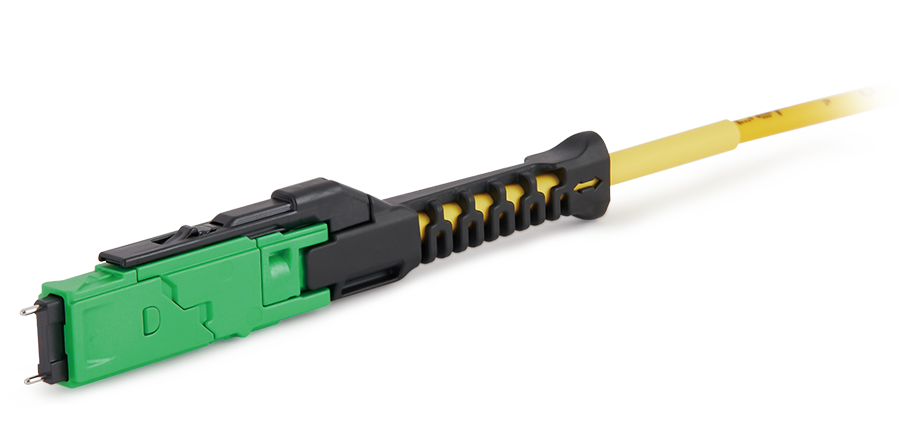 MMC Solution
US Conec's Very Small Form Factor (VSFF) multi-fiber optical connector that redefines high-density connectivity with its cutting-edge TMT ferrule technology and intuitive Direct-Conec™ push-pull boot design.
MMC Solution
US Conec's Very Small Form Factor (VSFF) multi-fiber optical connector that redefines high-density connectivity with its cutting-edge TMT ferrule technology and intuitive Direct-Conec™ push-pull boot design. EN
EN
 jp
jp  fr
fr  es
es  it
it  ru
ru  pt
pt  ar
ar  el
el  nl
nl 

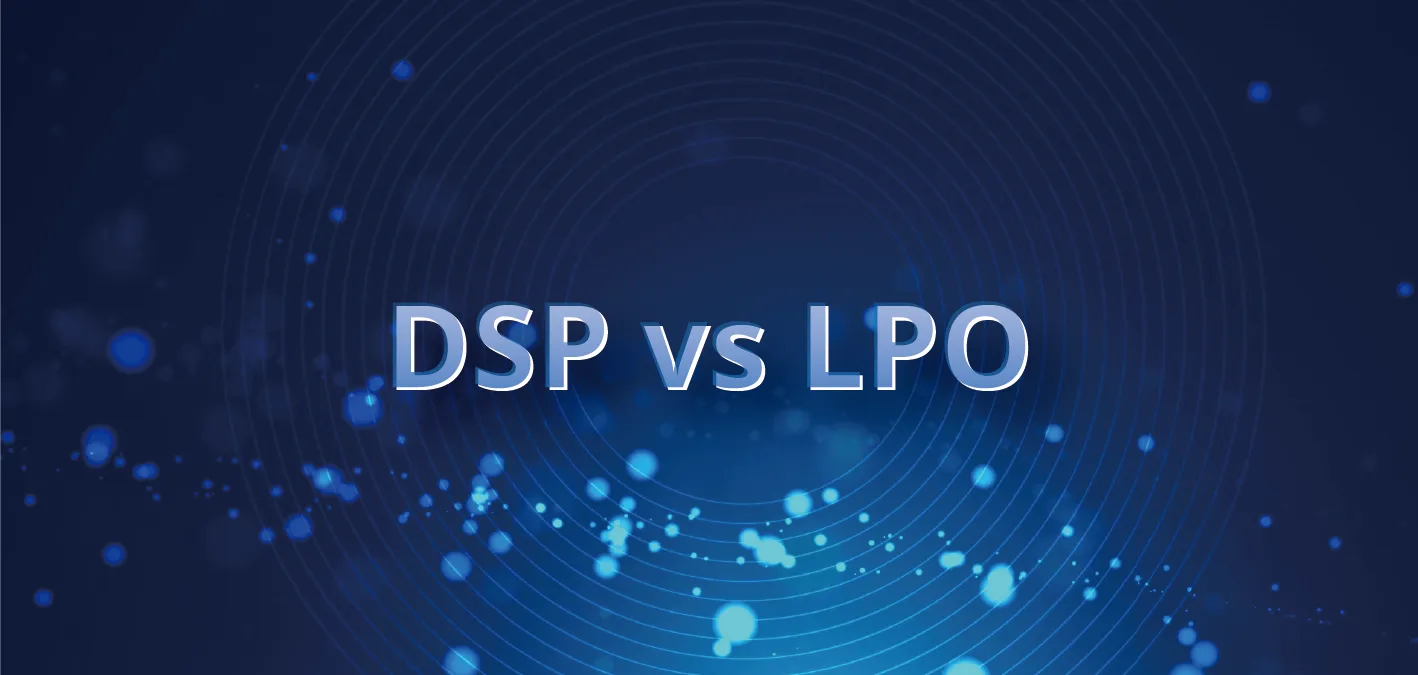
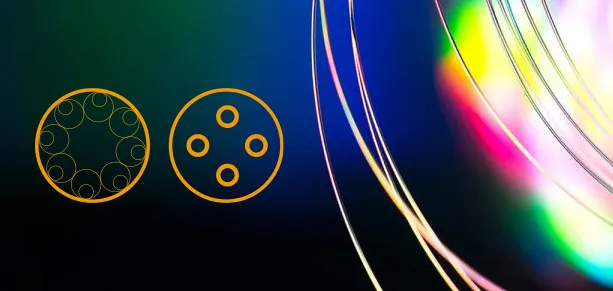
_and_High-Reflection_(HR)_Optical_Coatings.webp)
